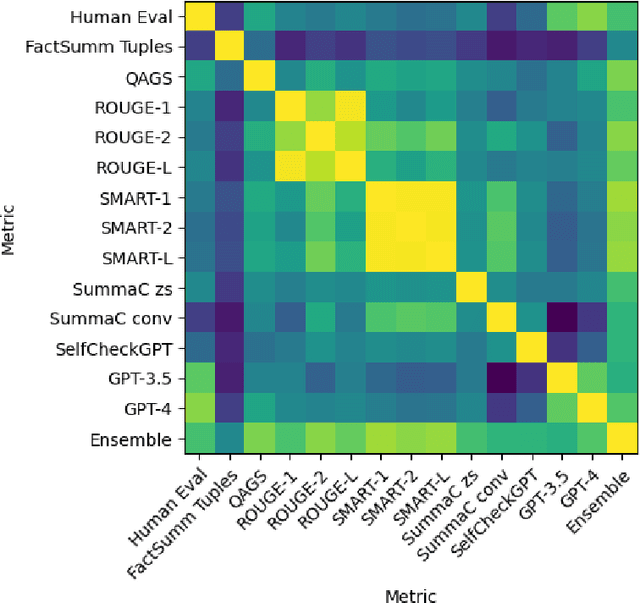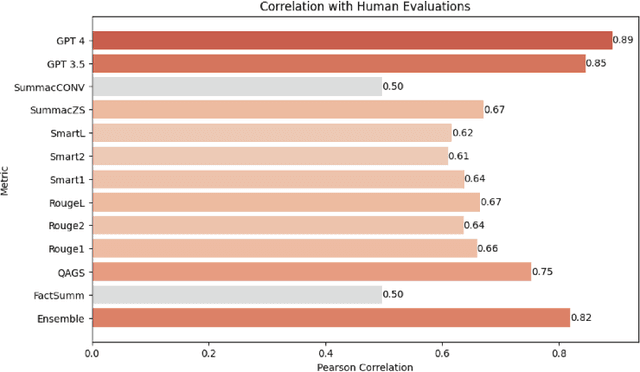Grant C. Forbes
Action-Dependent Optimality-Preserving Reward Shaping
May 19, 2025Abstract:Recent RL research has utilized reward shaping--particularly complex shaping rewards such as intrinsic motivation (IM)--to encourage agent exploration in sparse-reward environments. While often effective, ``reward hacking'' can lead to the shaping reward being optimized at the expense of the extrinsic reward, resulting in a suboptimal policy. Potential-Based Reward Shaping (PBRS) techniques such as Generalized Reward Matching (GRM) and Policy-Invariant Explicit Shaping (PIES) have mitigated this. These methods allow for implementing IM without altering optimal policies. In this work we show that they are effectively unsuitable for complex, exploration-heavy environments with long-duration episodes. To remedy this, we introduce Action-Dependent Optimality Preserving Shaping (ADOPS), a method of converting intrinsic rewards to an optimality-preserving form that allows agents to utilize IM more effectively in the extremely sparse environment of Montezuma's Revenge. We also prove ADOPS accommodates reward shaping functions that cannot be written in a potential-based form: while PBRS-based methods require the cumulative discounted intrinsic return be independent of actions, ADOPS allows for intrinsic cumulative returns to be dependent on agents' actions while still preserving the optimal policy set. We show how action-dependence enables ADOPS's to preserve optimality while learning in complex, sparse-reward environments where other methods struggle.
Potential-Based Intrinsic Motivation: Preserving Optimality With Complex, Non-Markovian Shaping Rewards
Oct 16, 2024



Abstract:Recently there has been a proliferation of intrinsic motivation (IM) reward-shaping methods to learn in complex and sparse-reward environments. These methods can often inadvertently change the set of optimal policies in an environment, leading to suboptimal behavior. Previous work on mitigating the risks of reward shaping, particularly through potential-based reward shaping (PBRS), has not been applicable to many IM methods, as they are often complex, trainable functions themselves, and therefore dependent on a wider set of variables than the traditional reward functions that PBRS was developed for. We present an extension to PBRS that we prove preserves the set of optimal policies under a more general set of functions than has been previously proven. We also present {\em Potential-Based Intrinsic Motivation} (PBIM) and {\em Generalized Reward Matching} (GRM), methods for converting IM rewards into a potential-based form that are useable without altering the set of optimal policies. Testing in the MiniGrid DoorKey and Cliff Walking environments, we demonstrate that PBIM and GRM successfully prevent the agent from converging to a suboptimal policy and can speed up training. Additionally, we prove that GRM is sufficiently general as to encompass all potential-based reward shaping functions. This paper expands on previous work introducing the PBIM method, and provides an extension to the more general method of GRM, as well as additional proofs, experimental results, and discussion.
Utilizing GPT to Enhance Text Summarization: A Strategy to Minimize Hallucinations
May 07, 2024Abstract:In this research, we uses the DistilBERT model to generate extractive summary and the T5 model to generate abstractive summaries. Also, we generate hybrid summaries by combining both DistilBERT and T5 models. Central to our research is the implementation of GPT-based refining process to minimize the common problem of hallucinations that happens in AI-generated summaries. We evaluate unrefined summaries and, after refining, we also assess refined summaries using a range of traditional and novel metrics, demonstrating marked improvements in the accuracy and reliability of the summaries. Results highlight significant improvements in reducing hallucinatory content, thereby increasing the factual integrity of the summaries.
Potential-Based Reward Shaping For Intrinsic Motivation
Feb 12, 2024



Abstract:Recently there has been a proliferation of intrinsic motivation (IM) reward-shaping methods to learn in complex and sparse-reward environments. These methods can often inadvertently change the set of optimal policies in an environment, leading to suboptimal behavior. Previous work on mitigating the risks of reward shaping, particularly through potential-based reward shaping (PBRS), has not been applicable to many IM methods, as they are often complex, trainable functions themselves, and therefore dependent on a wider set of variables than the traditional reward functions that PBRS was developed for. We present an extension to PBRS that we prove preserves the set of optimal policies under a more general set of functions than has been previously proven. We also present {\em Potential-Based Intrinsic Motivation} (PBIM), a method for converting IM rewards into a potential-based form that is useable without altering the set of optimal policies. Testing in the MiniGrid DoorKey and Cliff Walking environments, we demonstrate that PBIM successfully prevents the agent from converging to a suboptimal policy and can speed up training.
Metric Ensembles For Hallucination Detection
Oct 16, 2023



Abstract:Abstractive text summarization has garnered increased interest as of late, in part due to the proliferation of large language models (LLMs). One of the most pressing problems related to generation of abstractive summaries is the need to reduce "hallucinations," information that was not included in the document being summarized, and which may be wholly incorrect. Due to this need, a wide array of metrics estimating consistency with the text being summarized have been proposed. We examine in particular a suite of unsupervised metrics for summary consistency, and measure their correlations with each other and with human evaluation scores in the wiki_bio_gpt3_hallucination dataset. We then compare these evaluations to models made from a simple linear ensemble of these metrics. We find that LLM-based methods outperform other unsupervised metrics for hallucination detection. We also find that ensemble methods can improve these scores even further, provided that the metrics in the ensemble have sufficiently similar and uncorrelated error rates. Finally, we present an ensemble method for LLM-based evaluations that we show improves over this previous SOTA.
 Add to Chrome
Add to Chrome Add to Firefox
Add to Firefox Add to Edge
Add to Edge